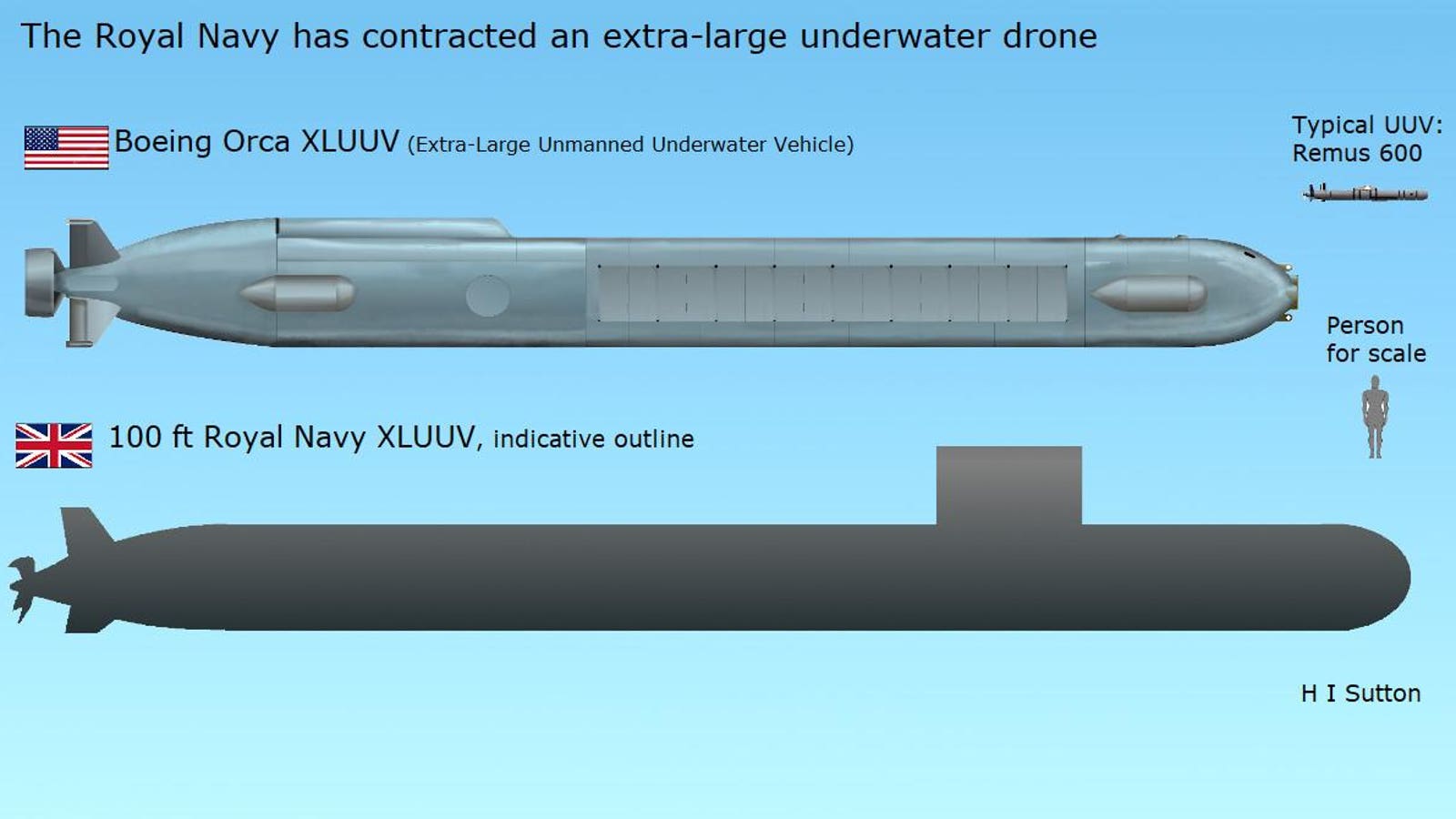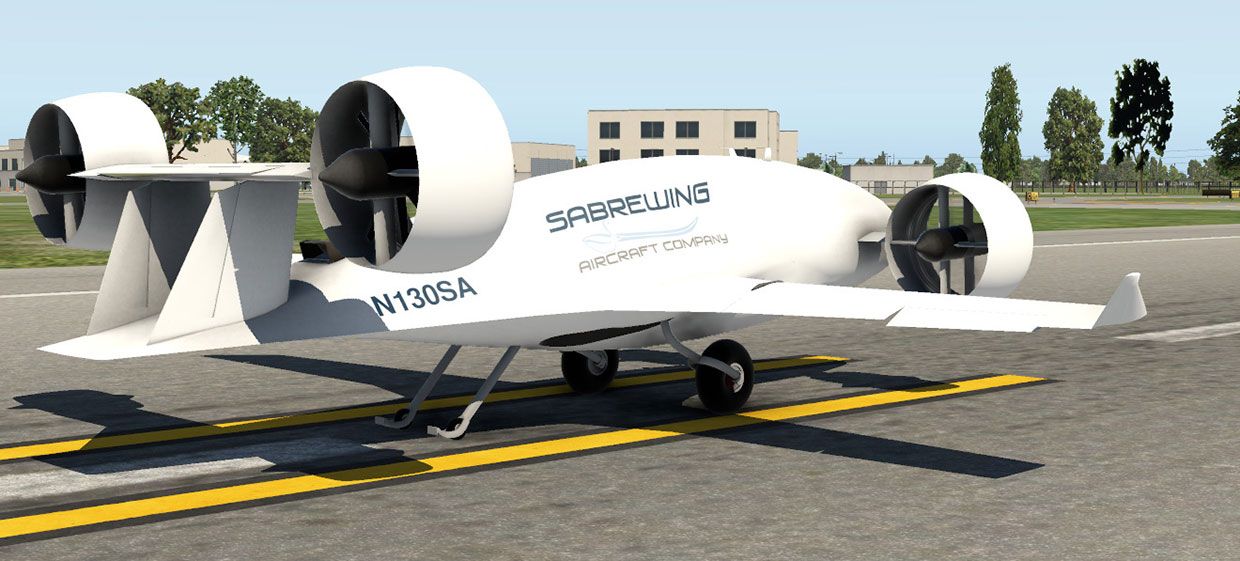Install the app
How to install the app on iOS
Follow along with the video below to see how to install our site as a web app on your home screen.
Note: This feature may not be available in some browsers.
You are using an out of date browser. It may not display this or other websites correctly.
You should upgrade or use an alternative browser.
You should upgrade or use an alternative browser.
UAV / UCAV / LAR (robotit) Uutiset ja jutut
- Viestiketjun aloittaja Raveni
- Aloitus PVM

Abrupt End Of Air Force MQ-9 Reaper Buys Points To New Focus On Survivable Drones
General Atomics has supplied the backbone of America's drone force for decades. Now that may be ending due to stark tactical realities.
he Air Force's 2021 Fiscal Year budget request shows the service expects to buy its last 24 MQ-9 Reaper unmanned aircraft systems this year, with production basically ending next year with a total of 337 of drones delivered. It was originally thought that production would wind down over the next half-decade, with a total force of 363 MQ-9s being delivered. This potential change has a number of implications. Firstly, it would be an unwelcome and abrupt change for General Atomics, who builds the Reaper. Secondly, it points to a new and somewhat long-awaited reality in which the Air Force prioritizes survivability of its unmanned combat aircraft in order to be able to have them take a more central role in a conflict against an advanced peer-state foe.
...
This proposed move is further evidence that the Air Force is coming to terms with the fact that it needs aerial platforms that are survivable in a peer-state conflict. The MQ-9 is a very capable unmanned sensor and weapons 'truck,' but it is relatively slow and vulnerable to enemy air defenses, even those belonging to non-state actors.
Everything from air-to-air missiles to electronic warfare systems to defensive air-to-ground weaponry has been eyed as possible ways to give the MQ-9 a bit more survivability over the modern battlefield. But even with these additions, the aircraft's applications become far more limited if operations in contested airspace become a reality.
Viimeksi muokattu:
rty19
Greatest Leader
General Atomics Wants To Give Aerial Tankers Their Own Missile-Laden Loyal Wingmen Drones

 www.thedrive.com
www.thedrive.com

General Atomics Wants To Give Aerial Tankers Their Own Missile-Laden Loyal Wingmen Drones
The "Defender" concept is a potentially promising way to address the increasing vulnerability of Air Force tankers and other lumbering support planes.
Onko kolme sormea parempi kuin neljä ja peukalo painovoimattomassa tilassa?
Kumitelat jos en ole väärässä. Mitenkähän kestävä tuo on, jos joku päättäisi ampua tuohon ensimmäiseen telapyörään?

Royal Navy To Get First Large Autonomous Submarine
The Royal Navy has awarded a contract to build what may be the world’s largest underwater drone, and it will have the capacity to be armed.
 www.forbes.com
www.forbes.com
The Royal Navy have awarded a contract for what may be the world’s largest underwater drones. Armed submarine drones are just around the corner and the U.K.’s Royal Navy does not intend to be left behind. The ‘Manta’ XLUUV (extra-large uncrewed underwater vehicle) will be 100 ft long and have the capacity to be armed. This means that Britain is joining the U.S. in leading world development of full-sized underwater combat drones.
Jos olisin SAAB, lopettaisin A26 höpötyksen ja keskittyisin tekemään maailman parhaan XLUUV:n joka soveltuisi Itämeren(kin) olosuhteisiin ja myisin näitä mm. Suomelle. On sulaa hulluutta kehitellä uutta miehitettyä suklaria pikkuiselle Itämerelle, mutta mikäs siinä kun veronmaksaja maksaa.
Viimeksi muokattu:

Drones Have Been "Raining" Small Bombs On American Troops Guarding Oil Sites In Syria
The tactic first appeared during the battle of Mosul and it now threatens troops anywhere in the world.
S. forces guarding oil and gas fields in eastern Syria have recently come under attack from small drones dropping improvised mortar bomb-like munitions. It's not clear what group was responsible for these incidents, which thankfully have not caused any casualties so far, but they are the latest examples of this steadily growing threat. The U.S. military, as a whole, has been developing and fielding an increasingly wide array of counter-drone systems in response.
Commander
Kenraali

Royal Navy To Get First Large Autonomous Submarine
The Royal Navy has awarded a contract to build what may be the world’s largest underwater drone, and it will have the capacity to be armed.www.forbes.com
The Royal Navy have awarded a contract for what may be the world’s largest underwater drones. Armed submarine drones are just around the corner and the U.K.’s Royal Navy does not intend to be left behind. The ‘Manta’ XLUUV (extra-large uncrewed underwater vehicle) will be 100 ft long and have the capacity to be armed. This means that Britain is joining the U.S. in leading world development of full-sized underwater combat drones.
Jos olisin SAAB, lopettaisin A26 höpötyksen ja keskittyisin tekemään maailman parhaan XLUUV:n joka soveltuisi Itämeren(kin) olosuhteisiin ja myisin näitä mm. Suomelle. On sulaa hulluutta kehitellä uutta miehitettyä suklaria pikkuiselle Itämerelle, mutta mikäs siinä kun veronmaksaja maksaa.
Kukaan ei meistä tiedä, mitä Saab konseptoi, tutkii tai kehittelee. Oma vakaa kantani on, että Venäjä, Ruotsi ja Saksa tulevat ensisijaisesti operoimaan Itä-merelläkin vielä seuraavat 30 vuotta miehitetyillä laveteilla. Miehittämättömien lavettien muodostama järjestelmä tullee olemaan sen hintainen, että skippaamme sen saman tien.
Pidän paljon todennäköisempänä ja halvempana skenaariona sitä, että todellisen tarpeen ilmaantuessa pyrimme hankkimaan Saksan U212-luokan neljä ensimmäistä venettä, rakentamaan niille tarvittavan infran ja modaamaan veneet kuin hankkimalla miehittämättömiä veneitä vastaavalla suorituskyvyllä.
Pidän paljon todennäköisempänä ja halvempana skenaariona sitä, että todellisen tarpeen ilmaantuessa pyrimme hankkimaan Saksan U212-luokan neljä ensimmäistä venettä, rakentamaan niille tarvittavan infran ja modaamaan veneet kuin hankkimalla miehittämättömiä veneitä vastaavalla suorituskyvyllä.
Miehitetyt sukellusveneet tulevat olemaan valtavan kalliita miehittämättömiin verrattuna - etenkin jos tarkoitus on operoida vain Itämerellä, ei valtamerillä. Toiminta-aika, häive, uhrattavuus ym. voivat olla aivan eri luokkaa. Kuten kirjoitat, kaikkien munien ei tarvitse olla edes samassa korissa vaan voi muodostua useista keskenään verkottuneista elementeistä.
Pidän Suomen miehitettyjä sukellusveneitä täysin epärealistisena skenaariona. Miehittämättömiä veneitähän meillä on jo, eli Huginit.
Nyt menee ihan mahdottomaksi höpinät. Vaikka esim. Jussi Niinistöä kovetti ajatus niin eihän nyt kokonaan uuteen aselajiin ole euroja. Miehittämätön menee nykyisen laajennuksena, eikä siinäkään tarvitse Orcan kaltaisia ihan heti havitella.
Miehittämätön sukellusvene kuuluu jo Suomen kalustoon, eli Hugin, jatkossa niillä on vain enemmän kykyjä. Miinoitus on varmaan ensimmäinen hyökkäyksellinen toimintakyky. Tulevaisuudessa ero miinan, torpedon, sensorin ja UUV;n välillä hämärtyy.
A group of Chinese researchers has developed a compact, sabre-like antenna for unmanned aerial vehicles (UAVs) that can switch between two radiation patterns for better communication coverage. They describe their work in a study published 26 February in IEEE Transactions on Antennas and Propagation.
For UAVs cruising at high speeds, it’s desirable to have small, aerodynamic antennas that limit drag but can still yield sufficient bandwidth and coverage. Zhijun Zhang, a researcher at Tsinghua University, notes that sabre-shaped antennas are beneficial in the sense that they are very aerodynamic—but there is a major limitation that comes with this design.
“Conventional sabre-like antennas generate a donut-shape radiation pattern, which provides an omnidirectional coverage and is ideal for air-to-ground communication. However, a donut-shape pattern has a null at its zenith,” Zhang explains.
Full Page Reload
Tosi kiinnostava pätkä siitä kuinka drone-aika oli kuumimmillaan jo Vietnamin sodassa. Sitten 70-luvulle tullessa stallasi pahasti kunnes 2003 vielä käytettiin samoja(!) Irakissa.
Dronet korvattiin SR-71:llä! Eikä toisinpäin!

 en.wikipedia.org
en.wikipedia.org
Dronet korvattiin SR-71:llä! Eikä toisinpäin!
Jumalauta, hattu päästä. (yksittäinen kommentti videon alta)During 11 years of service, drones had flown 3,435 sorties over China and North Vietnam. Of the 544 Lightning Bugs lost, mechanical failures brought down about one-third, while antiaircraft artillery, SAMs and MiGs claimed the rest. Interestingly, the North Vietnamese lost seven fighters to Lightning Bugs: one fighter ran out of fuel while in pursuit over the sea, but the other MiGs were hit with friendly fire when they chased the drone into antiaircraft or another fighter’s fire. One drone even achieved “ace” status by being involved in the crashes of five MiGs.

Ryan Model 147 - Wikipedia
Suomeksi se on virolainen.Eestiläinen
rty19
Greatest Leader

Behold Boeing's Loyal Wingman Drone It Is Building For The Royal Australian Air Force
The company is planning for the prototype to make its first flight later this year.

Named after an old-English word for a type of dragon, the Rhaegal-A won’t be making its mark by burninating the countryside. Instead the electric cargo drone capable of taking off and landing like a helicopter is in the spotlight today during a U.S. Air Force conference about “flying car” technologies.
The drone’s planned Friday roll-out, which will not include any flights, marks a new step for Sabrewing, a startup based in Camarillo, Calif., after it became the first recipient of a contract awarded through the Air Force’s Agility Prime program. Once conditions allow for its first flight tests at Edwards Air Force Base, the Rhaegal-A drone could undergo Agility Prime demonstrations to test capabilities such as detecting and avoiding potential collisions, operating without GPS signals, and performing medical evacuations of simulated battlefield casualties.
